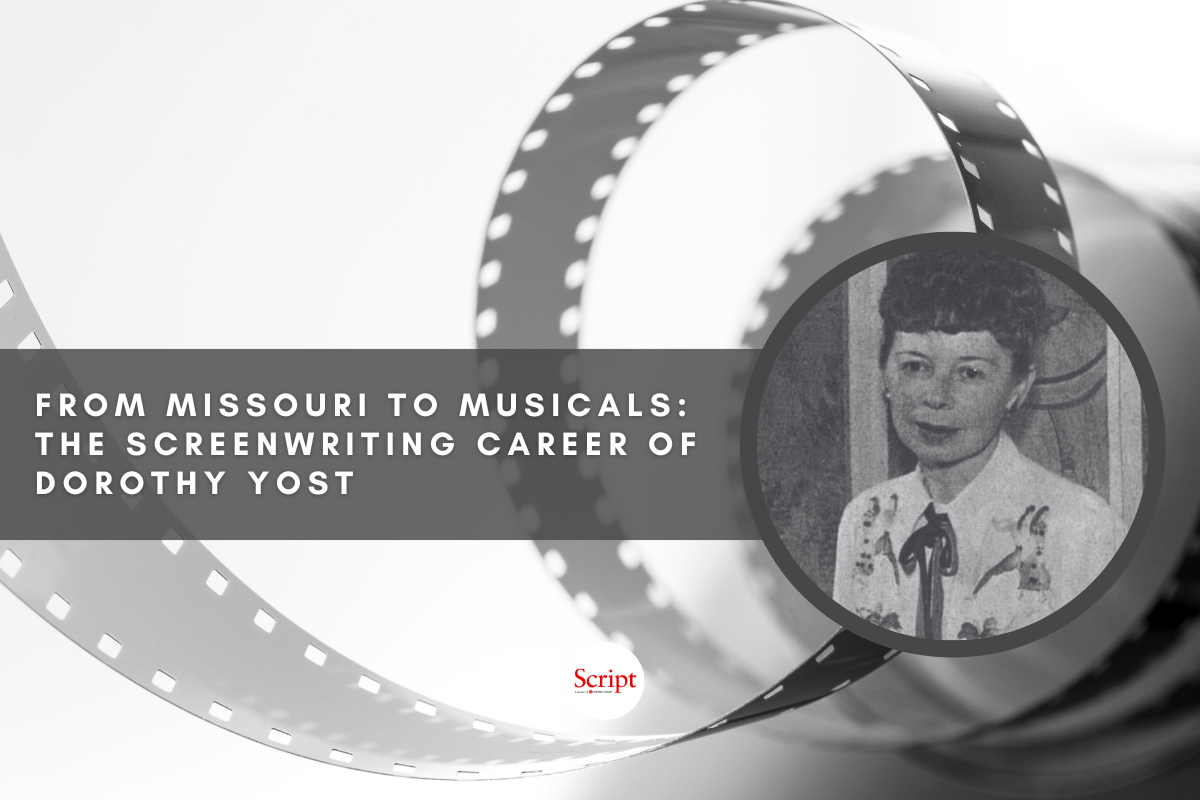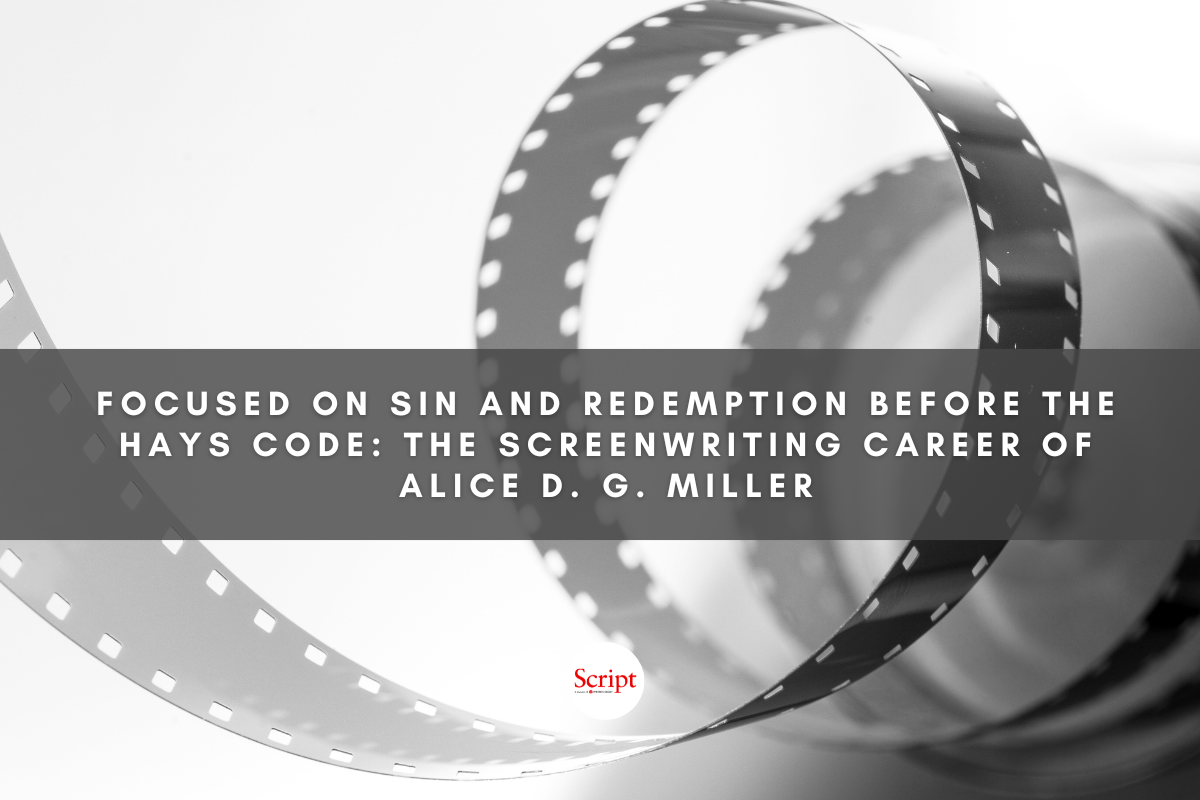MEET THE READER: The Dream Factory
The Hollywood studio system was a unique and miraculous thing – a peculiarly American creation that combined unparalleled artistry and craftsmanship with the principles of assembly line manufacturing. Does “The Dream Factory” still exist? Ray Morton gives a historical overview of the Hollywood studio system.
One of 2020’s most anticipated, highest profile releases and biggest award contender was Mank, a biopic about legendary screenwriter and wit Herman J. Mankiewicz and the writing of the screenplay for Citizen Kane, which was credited to Mank and the film’s director, Orson Welles. The screenplay for Mank was written by the late Jack Fincher and the film was directed by Jack’s son, David. I’m a classic movie fan and a film historian and so I was really looking forward to this movie. I wish I could tell you I loved it, but I didn’t.
The true story of the writing of Citizen Kane is an interesting one. Unfortunately, Mank doesn’t tell it. Instead, the film tells a highly fictionalized tale that is riddled with historical and factual inaccuracies and that gives Mank a preposterous political motivation for writing the screenplay that is both completely made up and significantly misrepresents the real-life Mank’s politics. In addition, it presents characterizations of several real-life people – including John Houseman (Orson Welles’s producer), Louis B. Mayer (the head of MGM) and Irving Thalberg (MGM’s head of production) – that are severe distortions of who these people really were. And the narrative contains one key and entirely fictional plot point that borders on being dishonest. Gary Oldman is fine as Herman, but the only part of the movie that really works is the film’s presentation and Amanda Seyfried’s portrayal of Marion Davies, which captures the real woman’s spirit remarkably well. Overall, though, I found Mank to be a real disappointment.
One aspect of the film that I especially disliked was Mank’s view of the studio system. The film paints a very negative portrait of classic Hollywood as a place run by crass, vulgar businessmen who only care about money and don’t care about art; that takes advantage of talent – exploiting and abusing creative people, forcing them to squander their abilities by doing a steady stream of crap, and then cruelly discarding them when it’s done with them; that crushes originality, real talent, and genius and rewards the mediocre; and that is riven with dishonesty, manipulation, toxic whisper campaigns, castle intrigue, backstabbing, and betrayal.
This negative view of the studio system is not new to Mank. It’s the view taken by most movies made about classic Hollywood – A Star is Born, The Bad and the Beautiful, Two Weeks in Another Town, Inside Daisy Clover, The Day of the Locust, Barton Fink, etc. – and even those made about modern Hollywood – e.g. The Player. In fact, this view and all of its component parts have been recycled so many times through so many movies that they have become not only storytelling clichés, but also the accepted view of how the movie business worked then (and still works now). And to these clichés, I must take exception.
The Hollywood studio system was a unique and miraculous thing – a peculiarly American creation that combined unparalleled artistry and craftsmanship with the principles of assembly line manufacturing. Each of the major studios had thousands of creative people on staff – actors, writers, directors, producers, cinematographers, editors, composers, set designers, costume designers, editors, special effects technicians, and so on – all of whom would combine their talents and skills in a scheduled, systematic way to produce more than a hundred movies a year. And out of those hundred-plus movies, many were marvelous films that became bona fide classics – authentic works of cinematic art that were also spectacularly entertaining and that we still watch today. The films that were not classics were almost always enjoyable, and even the occasional duds had their charms.
Movies made in the Hollywood studio system entertained not only American audiences, but audiences around the world. And these movies not only entertained viewers, they inspired them, influenced them, sparked their imaginations, allowed them to experience lands and cultures beyond their own, and in the darkest of times (the studio system’s heyday spanned both the Great Depression and World War II) gave them hope. The nickname given to Hollywood in this era was “The Dream Factory” and I can’t think of a more appropriate appellation.
Does that mean nothing bad ever happened in the studio system? No, of course not. Lots of bad things happened. But bad things happen in every field of endeavor (e.g. when it comes to Machiavellian scheming and backstabbing, the movie industry has nothing on academia. Or politics). There is a certain percentage of people that is always going to act poorly – especially when the stakes are high – no matter what business they are in. But I’ve been lucky enough to interview many folks who worked in the industry at that time and most had far more happy memories than unhappy ones. And to a one, these folks were extremely proud of their work and of the films that resulted from it (even the not-so-great ones).
The studio bosses of that time (who were also usually the founders) were often crass and uncouth, but they loved movies and they could tell a good film from a bad one. And if they couldn’t, their production heads certainly could. Their goal was to make good movies. It didn’t always work out that way, but the intention was always there. Were they interested in making movies that made money? Of course they were – movies (even then) are expensive to make and if you don’t make money you can’t make movies. (Plus, no one goes into business not to make money.) But sometimes they were also willing to make a quality film even if it didn’t have much commercial appeal because (in the words of Irving Thalberg) “it deserves to be made.” And the assembly line structure of the production process – in which all of the elements needed to make a movie were already assembled and paid for (and in which any extra funding that was required could be accrued by pinching a little bit from budgets of the many other movies being made at the same time) – actually made it much easier to make these worthy films than it is to make similar projects today, in which every production and its financing must be assembled from scratch.
Was the studio system hostile to genius and to the truly creative? It wasn’t eager to work with those who demonstrated a consistent inability or unwillingness to stick to schedules and budgets. And since the studios were in the business of manufacturing mainstream commercial entertainment, it also wasn’t much interested in those who wanted to make overly esoteric or experimental pictures. But it was a system that gave a home to many brilliant and innovative filmmakers and a few who could even be considered geniuses – folks such as F.W. Murnau, Fritz Lang, Ernst Lubitsch, James Whale, Rouben Mamoulian, Michael Curtiz, Howard Hawks, Alfred Hitchcock, William Wyler, John Ford, Preston Sturges, Billy Wilder, Ida Lupino, Frank Capra, and even Orson Welles.
Did the industry discard people when it was done with them? Well, the industry’s purpose is to create films people want to see. And when people were no longer able to do this, the studios would stop hiring them. Which was certainly a sad situation for the folks in question, but in a business based on contracts, the studios had no obligation to the workers beyond the terms of those contracts. At the same time, the studios and the unions worked together in this period to create pension plans, health care programs, and even a retirement community – programs that have grown and are still going today – to take care of industry personnel when their working days were over. And you can later add to those programs that develop and foster access for new talent, that preserve films and film artifacts, and that honor the folks who do exemplary work.
A system that could accomplish all of these things couldn’t have been all bad or mostly bad. For the most part, I would say it was – on the balance – pretty terrific.
The studio system began declining after World War II and finally died out altogether in the 1960s. It was replaced by a decentralized industry in which freelance artists, craftspeople, and technicians go from studio to studio on a project-by-project basis. The studios are no longer the direct makers of movies, but have transformed into organizations that primarily finance and distribute projects made by independent contractors. It was quite a drastic and at times very tumultuous transformation, but one that resulted in a reconfigured industry that still does basically the same thing as the studio system did – employ talented people to produce great films that entertain, inform, and inspire audiences all over the world. It’s received a rather extensive make-over, but “The Dream Factory” still lives.
Why is all this important? Because the negative clichés about the movie business that have been recycled over and again have made people cynical about the industry in a way that I think is both inaccurate and grossly unfair. I run into this all the time when dealing with aspiring writers, who will state with absolute certainty that studios don’t care about making good movies and only want to make crap; that all studio execs are ignorant cretins; that all studio notes are garbage that will only make a script worse; that producers and studios make a practice of stealing work; that the industry actively conspires against new talent and treats established talent like shit; and so on, even when they have no actual experience of any of this.
This is a very tough industry to break into. And no one owes you that break – no matter how badly you want it. And if you don’t get it, it’s not a sign that the industry is conspiring against new talent – it means that some component of the unique blend of talent, timing, luck, and access that is required to get a break is missing. But if you do get that break, you will find yourself an industry filled with smart, talented people that appreciate creative ability, who care very much about doing quality work, and who are passionate enough about creating great movies (and TV shows) that they are willing to push hard to overcome some very challenging obstacles (including pressure from the studios’ relatively new and notoriously risk-averse corporate owners to bleed all IP dry and to produce nothing but sure-fire hits) to get good things done. Are bad projects still made? Yes, of course. Are some people in the business jerks? Absolutely. It is absolutely important for you to be aware of these things and to be careful and to protect yourself against them. However, if you want to work in Hollywood, it is also vital that you recognize and embrace all that is good about the factory. Because that’s the only way you’ll ever be able to truly dream the dream.
Copyright © 2021 by Ray Morton
All Rights Reserved
No portion of this article may be copied, reprinted, or reposted without the permission of the author
However, feel free to link to this piece to your heart’s content
Learn more about the craft and business of screenwriting from our Script University courses!
Ray Morton is a writer and script consultant. His many books, including A Quick Guide to Screenwriting, are available online and in bookstores. Morton analyzes screenplays for production companies, producers, and individual writers. He can be reached at ray@raymorton.com. Twitter: RayMorton1







